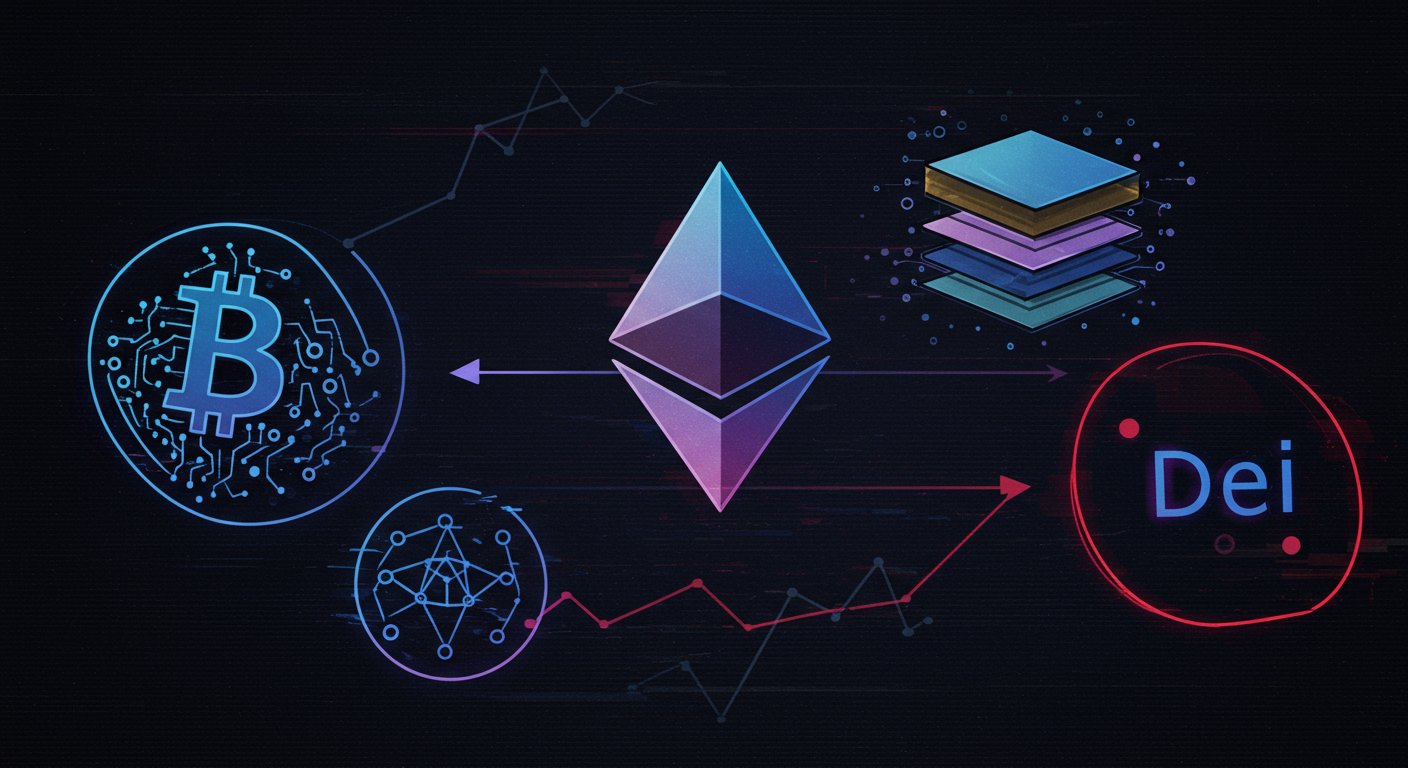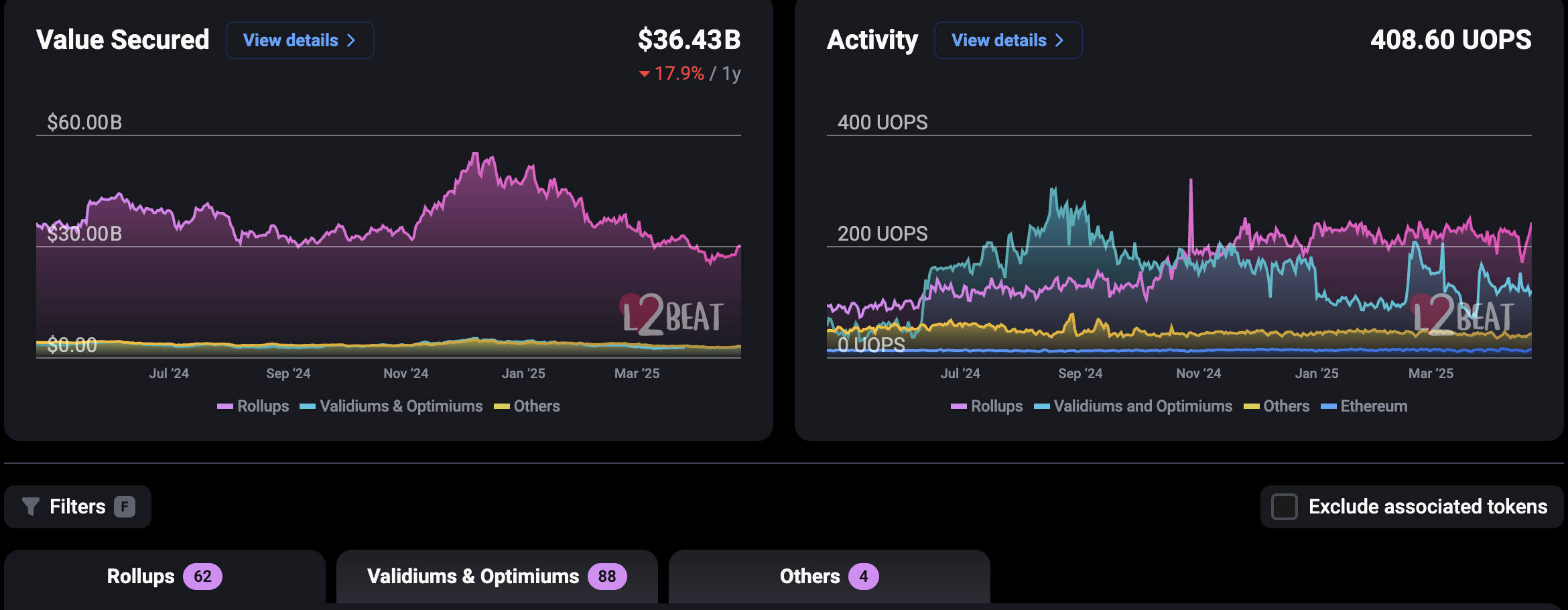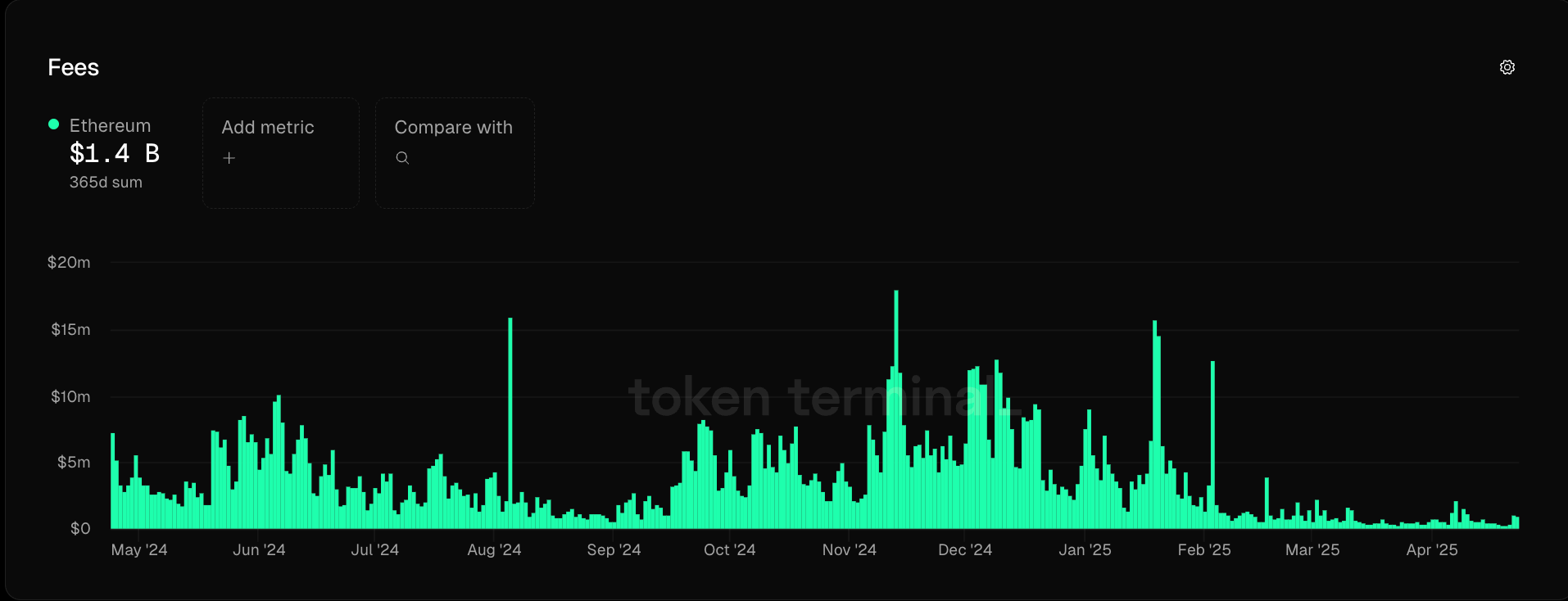
Ethereum‘s L2 Approach: A Multi-Chain Strategy
Ethereum‘s commitment to scaling through a myriad of layer-2 (L2) networks, each boasting its own transaction processing speed and parameters, has sparked debate within the crypto community. Anurag Arjun, co-founder of Avail, a unified chain abstraction solution, believes this approach provides Ethereum with an “unlimited” number of high-throughput chains.
Arjun, in a recent interview with Cointelegraph, acknowledged that Ethereum and high-throughput competitors with monolithic architectures are fundamentally different products. He highlights that Ethereum‘s diverse L2 ecosystem offers a unique advantage: “The under-appreciated beauty of this rollup-centric roadmap architecture is that it allows multiple teams to experiment with different execution environments and different block times.”
This, according to Arjun, allows for a diverse set of high-throughput sidechains to emerge, rather than relying on a single, monolithic layer-1 architecture.

Interoperability Concerns
However, Arjun also recognizes a critical challenge: “Without true interoperability, switching between L2s will remain as complex as bridging assets between different blockchain ecosystems altogether.”
This lack of seamless interoperability could pose a significant hurdle for users, potentially hindering the adoption of L2s and undermining their effectiveness as scaling solutions.
Critics of Ethereum‘s L2 Strategy
Arjun’s perspective contrasts with the criticisms levied against Ethereum‘s L2-focused approach by some members of the crypto community. Critics argue that the proliferation of L2s leads to liquidity fragmentation, which can negatively impact the Ethereum base layer.
“L2s are one of the primary causes of Ether‘s (ETH) poor price performance in the last year,” they claim.
This criticism is further fueled by the recent decline in Ethereum‘s base layer transaction fees, which some interpret as a sign of waning interest in the Ethereum network. However, it’s important to note that the decrease in fees may also be attributed to increased efficiency and optimization of the network itself.

A Balancing Act
Ethereum‘s L2 scaling strategy is a complex and evolving landscape. While it offers the potential for increased scalability and innovation, the challenges of interoperability and liquidity fragmentation cannot be ignored. As the Ethereum ecosystem continues to mature, finding a balance between L2 solutions and the health of the base layer will be crucial for the long-term success of the network.


